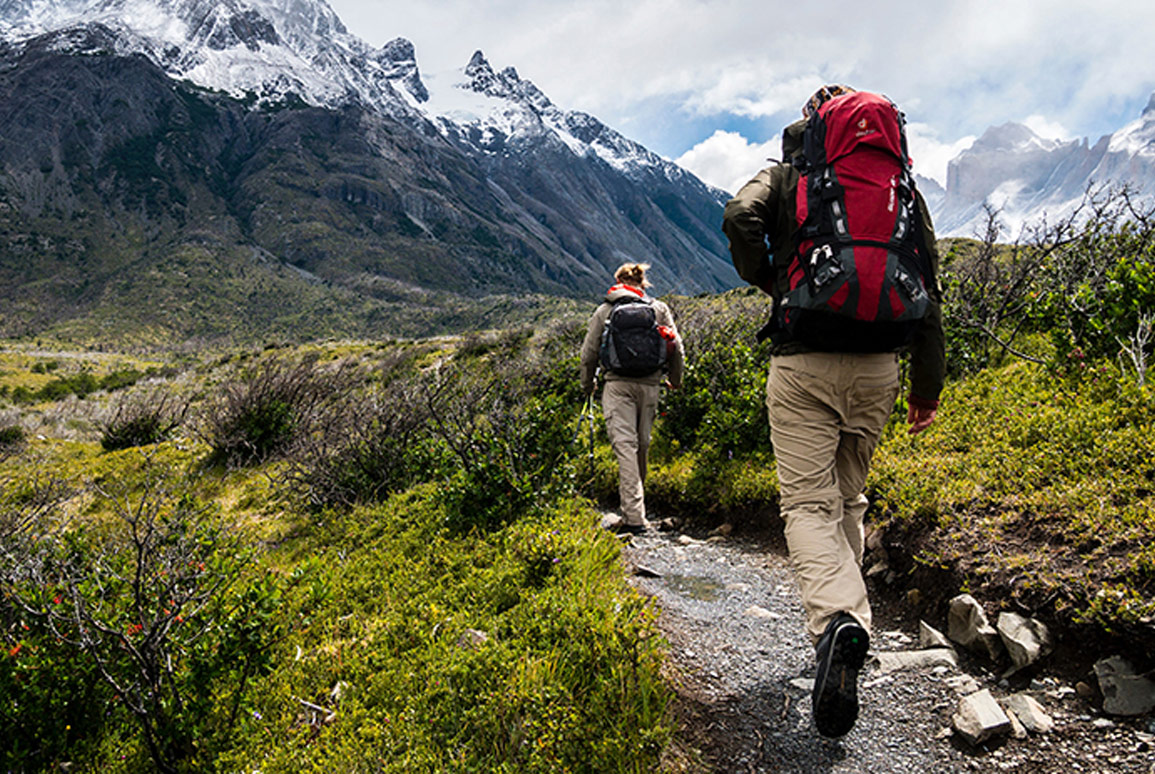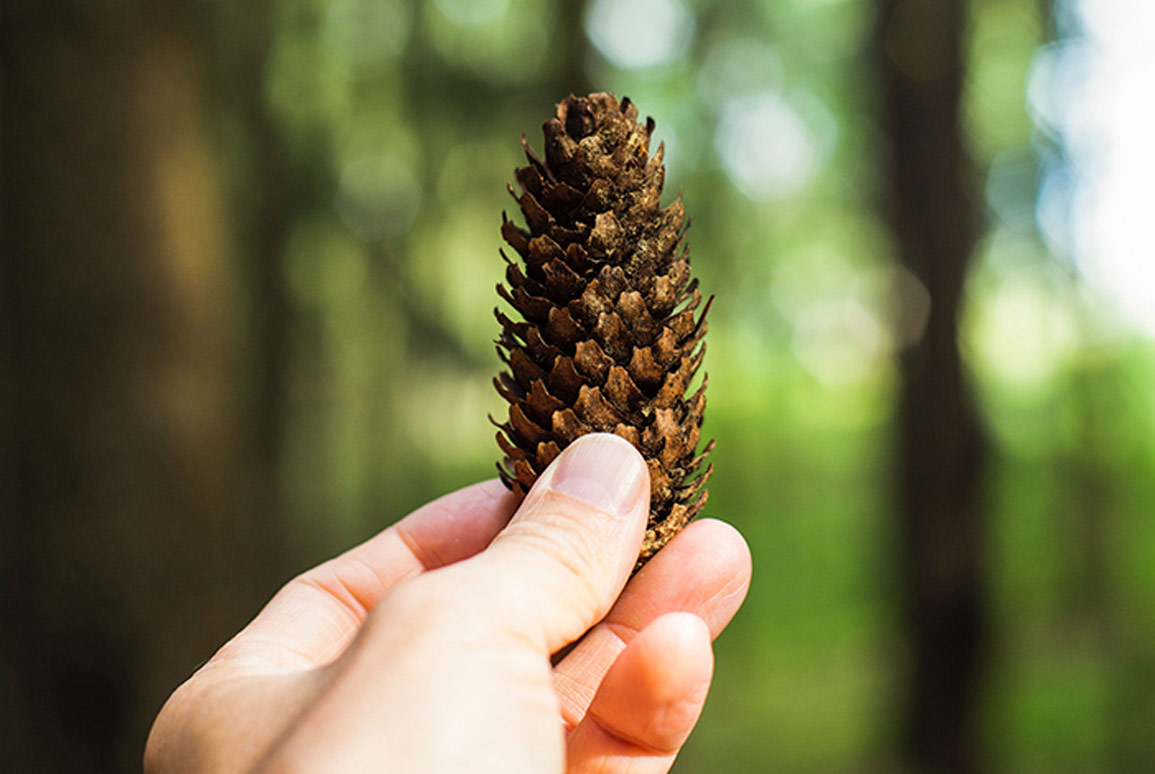Preventing the spread of invasive species: what you need to know
23 January 2020
Invasive species are a leading cause of global biodiversity decline. But why do we care? And most importantly, what can we do?

New Zealand, like the rest of the world, is facing a biodiversity crisis — the decline and near extinction of many our native species. Many of our species are found only in this country; once they are lost, they are lost forever. One of the greatest threats comes from the introduction and spread of invasive species.
Invasive alien species are those plants and animals that are introduced to new areas outside of their natural geographic range. These species can spread naturally, such as seeds dispersed by birds, wind or ocean currents. However, more species are being introduced more often with human assistance, both intentionally and accidentally. People are travelling further and more frequently. Global trade — often transporting unchecked goods — is increasing. It is the perfect world for insidious hitchhikers.
Invasive species often severely affect their new ecosystems. Introduced species can decrease biodiversity, by preying on and competing with native species. They can alter the composition, structure and function of entire ecosystems, such as predation on seabird colonies decreasing oceanic nutrient cycling. Invasive species also bring new diseases and damage crops, harming the economy and threatening our way of life.
Invasive species may come from any animal or plant group and invade any ecosystem; marine, freshwater or terrestrial. In New Zealand, examples of invasive plants already present include didymo, privet and wilding conifers. The decline and extinction of many of New Zealand’s native species have been partly attributed to the impacts of introduced mammalian predators such as possums, rats and stoats.
How can we solve this issue?
Preventing further spread of these species, and avoiding the introduction of new species, remain the cheapest and most effective solutions.
Boffa Miskell separated biosecurity into its own discipline in 2017 to better address the growing concerns around invasive species. Our expertise ranges from strategic, landscape-scale planning of pest management through to on-the-ground implementation and research into novel control, monitoring and surveillance tools. We are partnered with LINZ to deliver their national biosecurity programme, and work closely with the Department of Conservation (DOC), Councils, PF2050 Ltd, private landowners and other groups to:
- Advise and develop predator control plans and best practice methodology.
- Develop and improve biosecurity tools and practices, such as multi-species lures, self-resetting traps and live-capture traps with species recognition technology.
- Undertake operational planning and control for range of pest plant and animal species.
However, there are many things that anyone can do to prevent the spread of these unwanted invasive species. The Ministry of Primary Industry (MPI) has a strategic goal to create a biosecurity team of 4.7 million New Zealanders – that is all of us! Anyone can be responsible for spreading invasive species, but everyone is able to help by doing the following:
- “Check-Clean-Dry” is the motto of biosecurity (not just for didymo). Before travelling or moving equipment, inspect and clean all camping and fishing equipment, gardening supplies, tramping boots and luggage.
- Learn to recognise pest plants and pest animals and understand their impacts by visiting DOC’s website or the IUCN’s Global Register of Introduced and Invasive Species Database.
- Ensure plants you buy and grow are not invasive. If you see a pest plant, remove it and burn it or send it to the nearest landfill.
- Never release pets into the wild. Know which species you own and the risks they may pose, including those in your aquarium.
- Report any unusual species to your local DOC office or Regional Council.
- Spread the word about the threat of invasive species and encourage others to join New Zealand’s biosecurity team of 4.7 million people.
By following these simple steps, we all can contribute to preventing the spread of unwanted invasive species in New Zealand and help our own native fauna and flora survive and flourish.
For further information please contact Dr. Lee Shapiro


